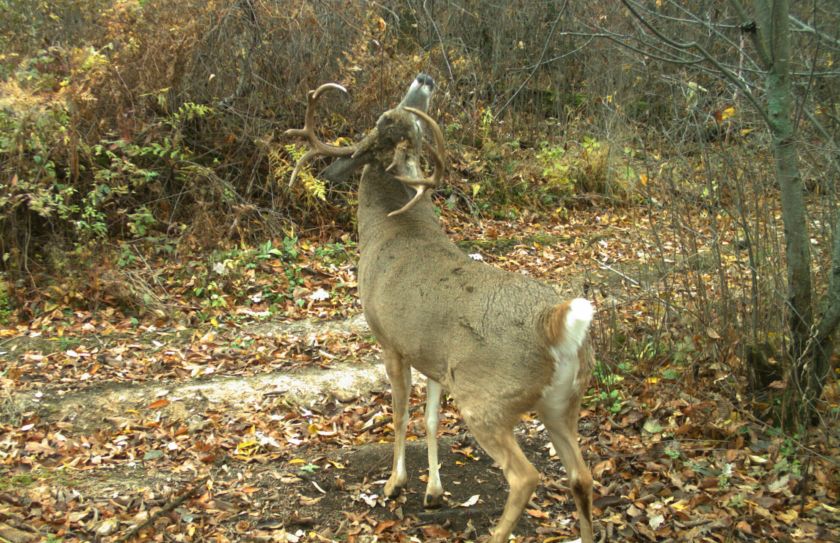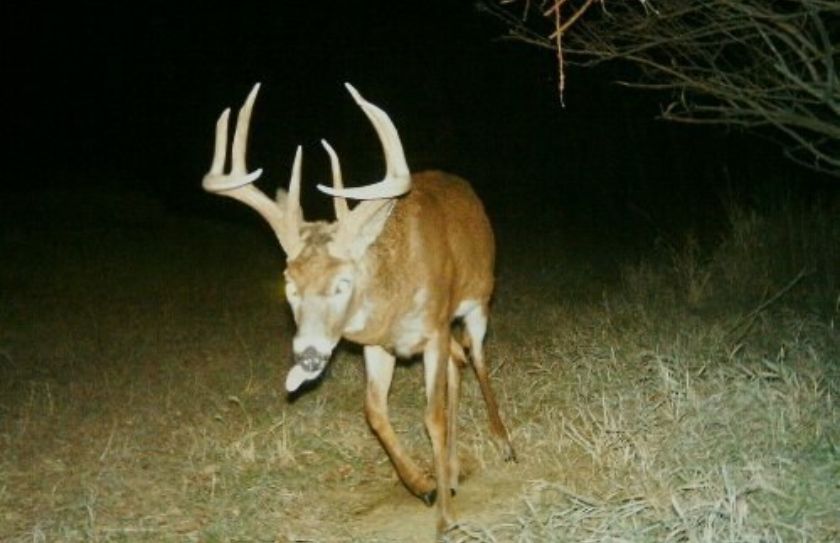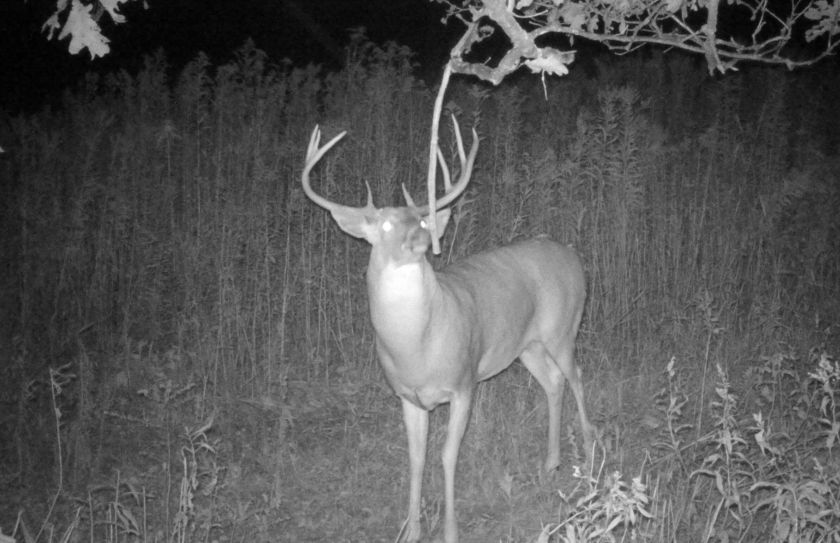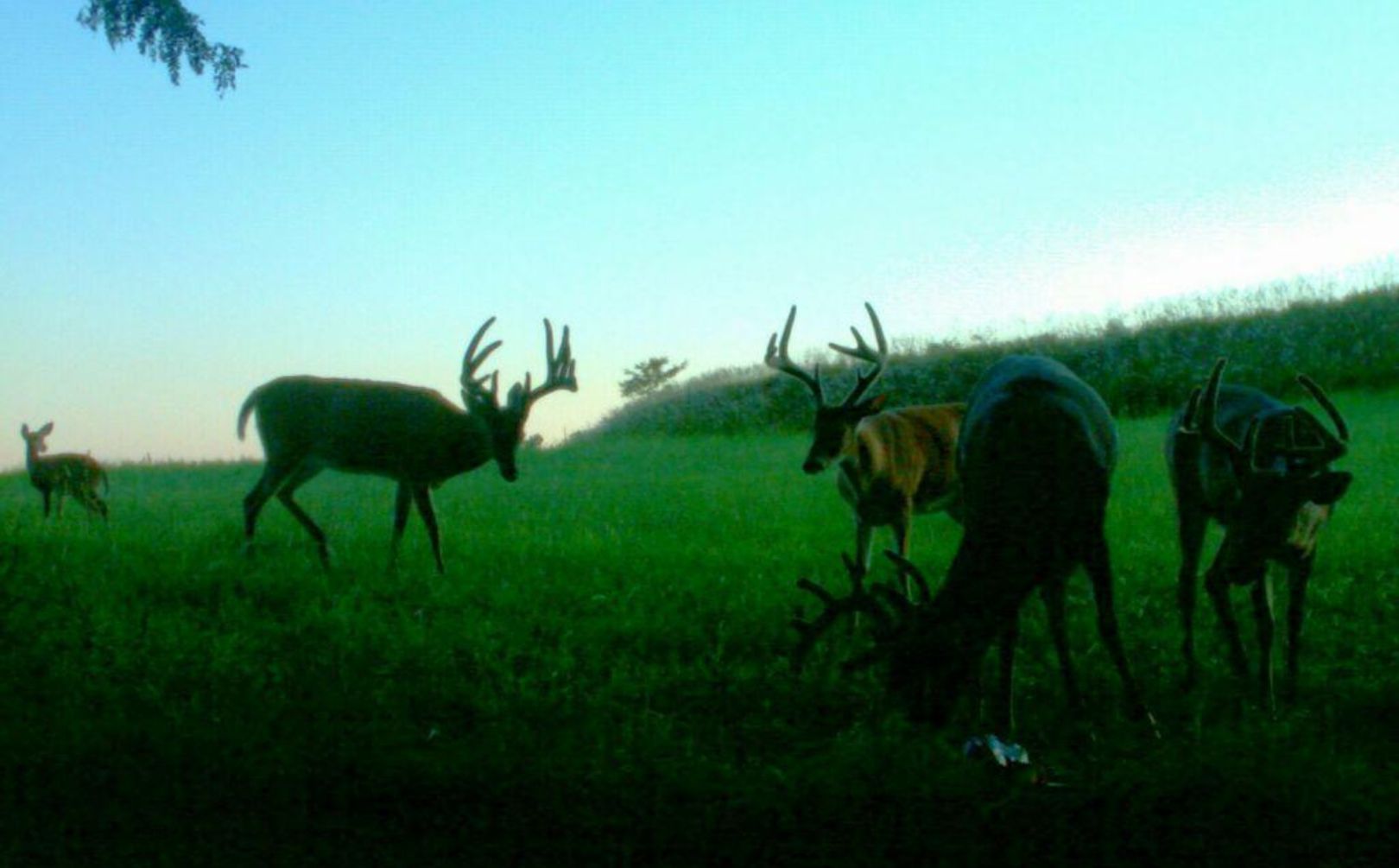
In 1999, attracting a buck herd to my remote, wilderness chunk of land seemed like an impossible task. The region housed less than 15 deer per square mile, was surrounded by public land and featured an annual Winter die-off of 50% of the entire fawn crop. To make matters worse the average fawn recruitment rate was 1 fawn per doe. Now if you do the math, that means that after figuring in the typical winter losses of 1/2 of all fawns, it took 4 does to carry 2 fawns into the following Spring, and that you could expect 1 fawn per 4 does on average, to be a buck. To make matters worse, nearly all fawns were not strong and mature enough to successfully be bred and produce a fawn (50% died anyways), and many yearling does did not produce as well. If I would have listened to traditional management views at the time, the process of attracting buck herds to lands located in an areas like this would have seemed like a major uphill climb. However I was inexperienced, stubborn and optimistic enough to press on! What did I learn? That if a buck herd could be attracted in those conditions, a buck herd could be attracted just about anywhere.
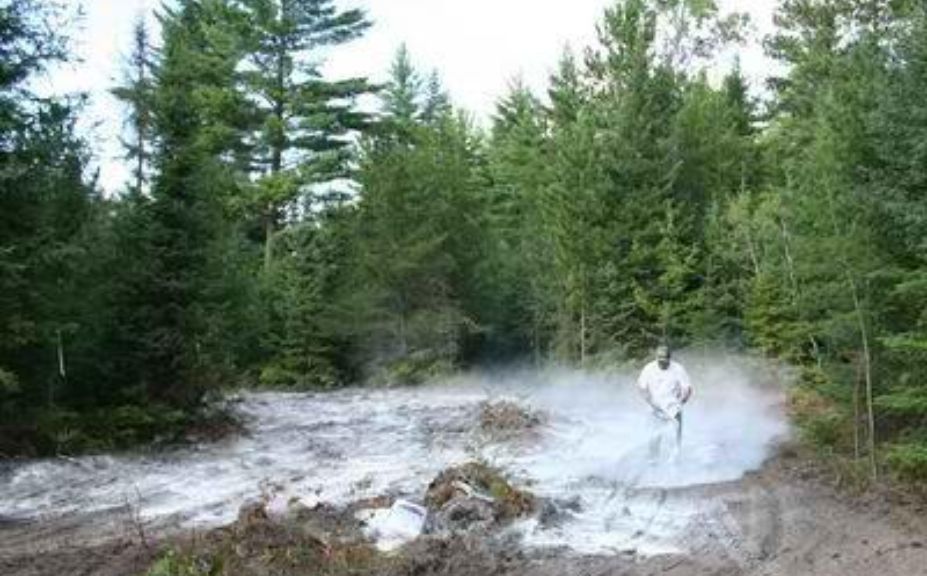
I am really excited to share with you my own personal poor habitat "Labor of Love". To follow my journey, try reading"Whitetail Success on Poor Habitat".
Now, reflecting on those experiences many years ago, it was easy to see how quickly a buck herd was attracted to the land, and if the tactics I used in the first 7 years of owning the land could work just about the worst conditions imaginable, than they can certainly work for you! Although I didn't realize it during the first few years, what I experienced was that a herd could be built by capturing the dispersion of yearling bucks. Here were some of the 7 year results for attracting a buck herd by collecting yearling bucks:
1999
*3 total buck pictures, of 1 spike
*1 Rub
*1 Scrape
2006
*Hundreds of pictures, of 17 different bucks
*Over 200 rubs
*Over 50 scrapes
-In the end I found that I didn't attract and grow a buck herd through the local does and their fawns, but instead I grew a buck herd by attracting young bucks to the land; it was the only way it could have happened.
How could a person attract a buck herd under these conditions?
First, you have to ignore anyone telling you that you can't (I was just stubborn enough to do that!), second you have to surround yourself with a positive and supporting cast and third you have to build your land to attract dispersing yearling bucks. For me, I was extremely fortunate to have the incredible level of deer biology and behavioral experience of nationally known deer biologist John Ozoga, the planting expertise of food plotting legend Ed Spinnazola, and the regional soil expertise of MSU Agricultural Extension Agent, Jim Isleib. What I learned during the first 7 years on that 120 acre piece of poor habitat, challenging herd condition, heavy Winter severity labor of love was this: If you can attract a buck herd under conditions like this, imagine if those same tactics are applied to lands with better herd and habitat conditions!
Attracting a Buck Herd Through Yearling Buck Dispersion
Yearling bucks disperse from their fawning grounds the majority of the time when their mother is still alive. Their average dispersal rate is 1.5 miles, and they are dispersing due to female social pressure. The last place that a dispering yearling buck will choose to call his own is within an environment dominated by female social pressure. Although my personal labor of love lasted a full 10 years, here are the quick-hitting basics for attracting a buck herd to your own land (in hopefully much better conditions):
1. Multiple Food Sources
In my case the habitat offered hundreds of bedding opportunities, with virtually zero food value. 7 years and 14 food plots totalling 8 acres solved that! Whether your food sources are high in number, or offer many different hidden corners, valleys or screened locations, they should offer a yearling buck a spot to dine in piece if he desires.
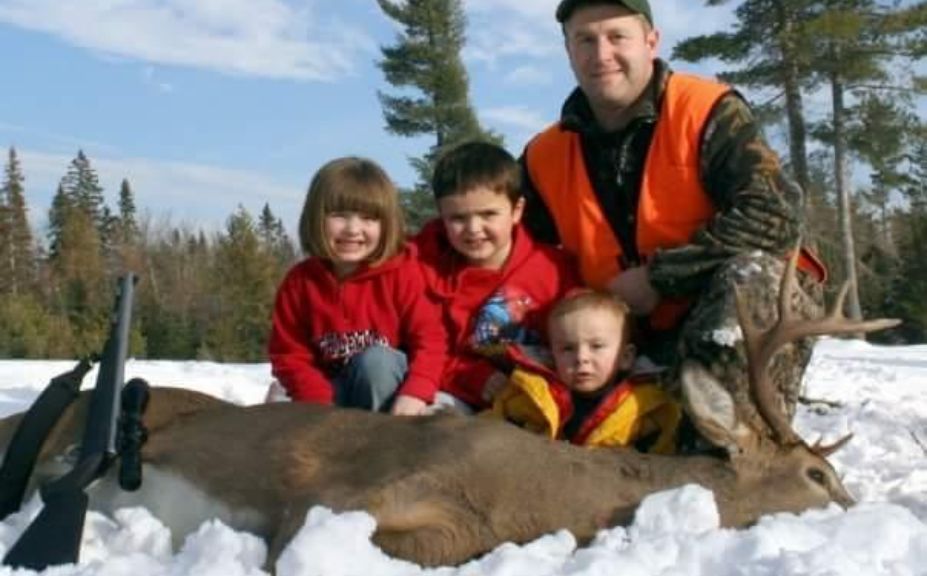
Even if you have poor soils, an adequate food plot system can be designed! For more information regarding my own personal food plot journey that began in 1999, try reading "Food Plot Success on Poor Soils".
2. Multiple Bedding Areas
The 120 acre parcel I was attempting to build a quality herd on that included mature bucks, was full of spruce pockets surrounded by tag alder, red maple and birch. Many bedding opportunities were available! Unfortunately initially there were nearly zero deer. When doe family groups began to build on the land, it was important that I created bedding areas adjacent to the food sources for does, so that bedding areas deeper into the land could be utilized by bucks both young, and old.
3. Reasonable Population Numbers
Doe family groups rule the roost. If you have too many does, do not expect to either keep or capture, dispersing yearling bucks.
4. Enough Separation
Maybe this should have been said first, but it is critical that you offer enough food and bedding cover so that dispersing yearling bucks can find a place that they can call "home". This location should feature a little food and a little cover, but more importantly it should be free from the stress of doe family groups.
**Manipulating how bucks use the land is one of the most challenging yet satisfying rewards that habitat improvements can offer. Here is how we are creating a precision system of buck movement and opportunities.
Conclusion
How can you attract a buck herd to your habitat? By attracting dispersing yearling bucks, which I experienced to be one of the greatest methods for building your buck numbers. And if it can be accomplished in poor conditions, imagine what you can accomplish in even better conditions
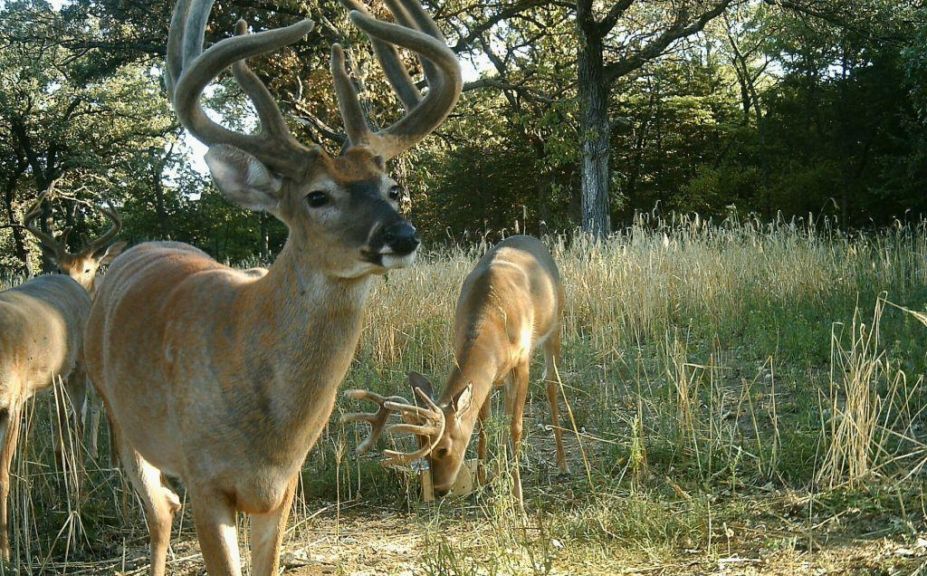
I love creating a quality deer herd! For more information about how to do so, try reading"Building a Quality Deer Herd".
Why should it even matter? Because if you are like me you like to experience all that a quality herd has to offer, including: Adequate sex ratios and an appropriate buck age structure. A quality herd and habitat that has attracted a buck herd is very enjoyable to experience, and a whole lot of fun to hunt. If your herd building results have been undesirable, try making sure that you leave enough room on your land for attracting the wanderings of dispersing yearling bucks.
